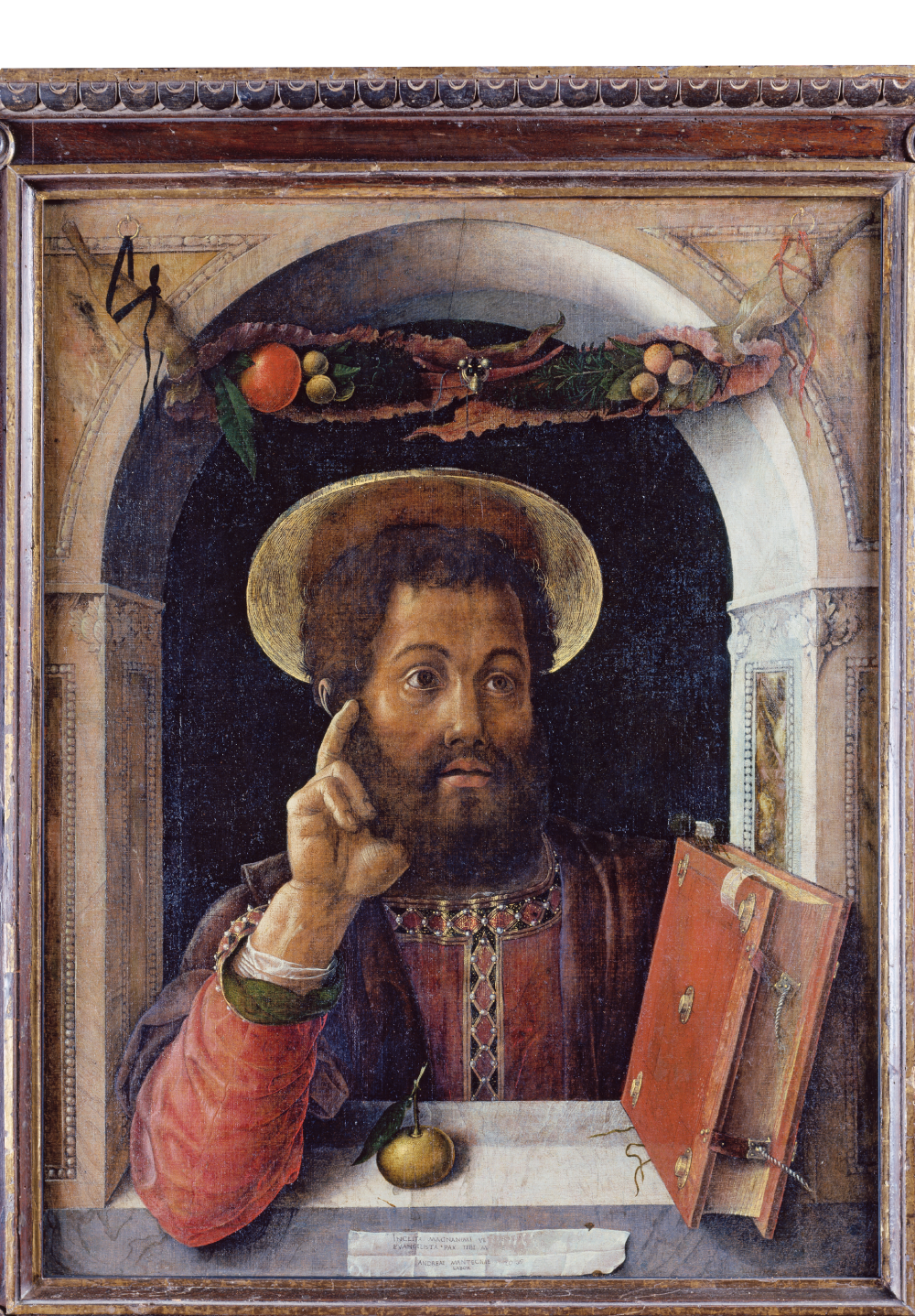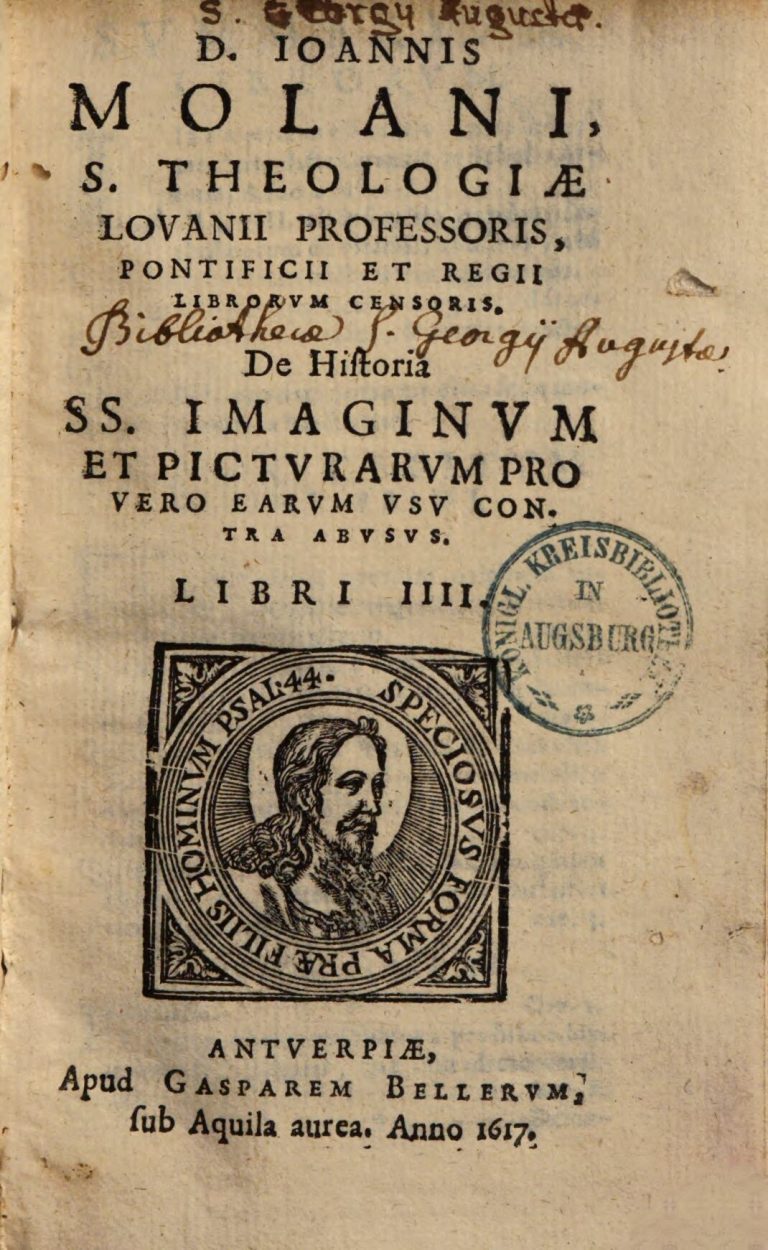
Städel Museum, Frankfurt am Main
In book 2 chapter 47, Molanus takes up the question of whom or what institution has the authority to approve artworks for the decoration of churches. Molanus reaffirms the viewpoints of the Council of Trent that only artworks approved by churchly authorities should be allowed to decorate churches; he illuminates this with an example of St. Mark that has been depicted without a thumb on his right hand, such a painting could be rejected, because self-mutilation is forbidden according to the dogmas.
“The Council of Trent continues: ‘In order that these prescriptions may be most faithfully observed, the holy council decides that no one is permitted to place or cause to be placed in any place or church, even if exempt in some way, an unusual image unless it has been approved by the bishop.’ This decree of the Council seems to me fully appropriate to check the overflow of those who sometimes put forward their own opinions as if they were very obvious demonstrations, whereas, on close examination, they are nevertheless found to be inadmissible for want of any probable foundation. For example, if someone wishes to depict the Evangelist Mark without a thumb on his right hand, the episcopal authority may well reject such a painting, not only because the first canon of the Council of Nicaea forbids self-mutilation, but because of the authority of Holy Scripture. It is difficult to prove, with as much evidence as some maintain, that Mark cut his thumb by command of divine authority.
“Sequitur Concilio Tridentio, heac ut fidelius observentur, statuit sancta Synodus nemini licere ullo in loco vel Ecclesia, etiam quomodo liber exempta ullam insolitam ponere vel ponendam curare imgaginem, nisi ab Episcopo approbata fuerit. Istud autem Synodicum decretum videtur mihi valde pero portunum esse, ad refrenandum eorum licentiam qui aliquando suas opiniones proponunt quai essent clarissimae demonstrationes cum eadem si in districtum examen vocarentur, aliquoties tanquam minus probabili fundamento innixae non reciperentur. Exempli gratia, si quis cupiat Marcum Evangelistam absque dextro pollice pingere, picturam hanc fortassis Epicscopalis authoritas reiiciet. Quia non tantum primo Canone Niceni concilii prohibitum est seipsum mutilare, sed etiam sacrae scripturae authoritate. Marcum autem divina authoritate sibi pollicem praecidisse, non tam evidenter probari potest quam a nonnulis ut verum asseritur.”

Molanus 1996, 261-262.



